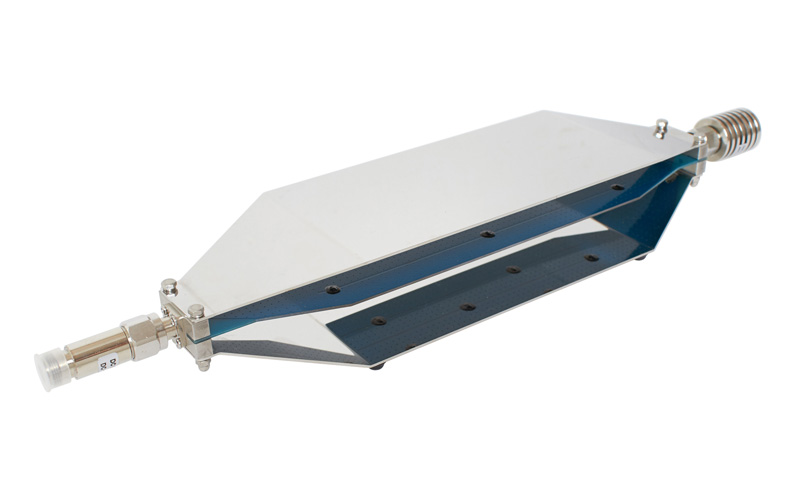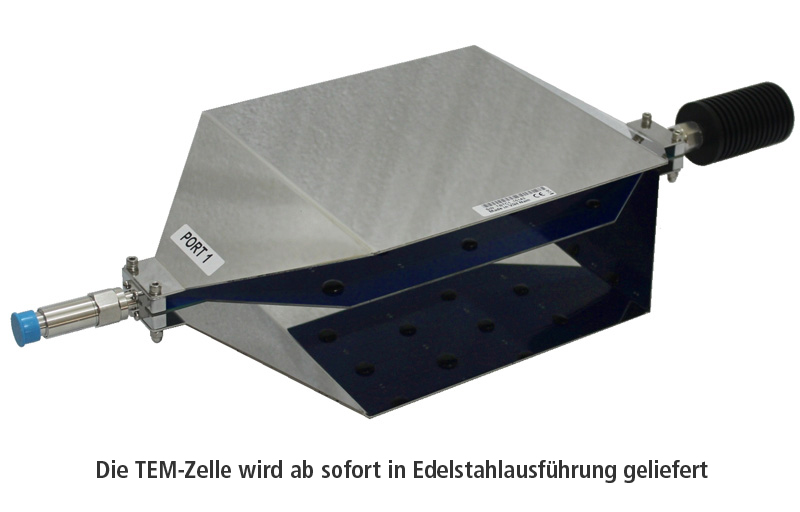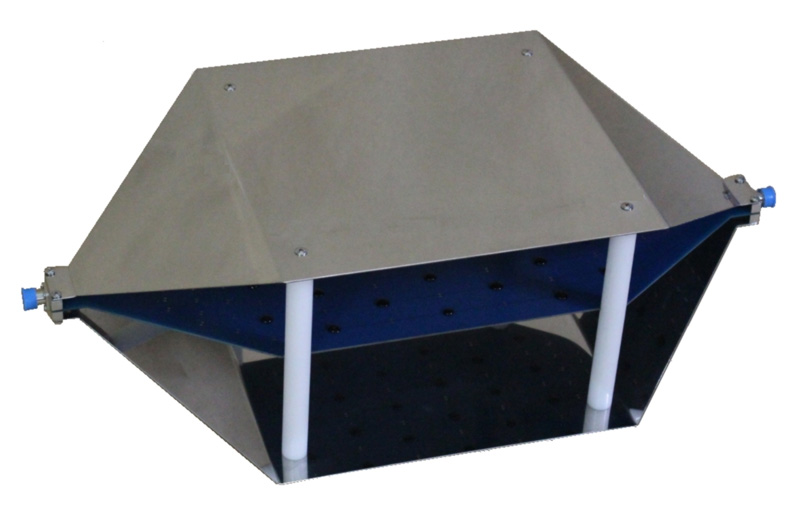Wozu eine TEM-Zelle?
Eine TEM-Zelle (Transverse ElectroMagnetic Cell) dient der Aufnahme von Prüfobjekten zur Messung und Prüfung der Störabstrahlung bzw. Störfestigkeit elektronischer Geräte. Üblicherweise wird die Störabstrahlung in reflexionsfreien Räumen gemessen und die Störsignale mit Hilfe von Antennen aufgefangen. Aufgrund von Bandbreiten-Begrenzungen werden verschiedene Antennen benötigt um den kompletten Frequenzbereich abzudecken. Desweiteren braucht man viel Platz und die Kosten der Ausrüstung für einen standardkonformen Aufbau sind enorm. Nötig ist ein bezahlbarer Laboraufbau zur Messung der Störabstrahlung im eigenen Labor vor der Abnahme im EMV-Testhaus. Tekbox entwickelte mit der TBTC1 eine handliche TEM-Zelle, die den gesamten Frequenzbereich bis 2 GHz abdeckt und auch für Frequenzen darüberhinaus geeignet ist. In Verbindung mit einem Spektrumanalysator können Produkte vor und nach EMV-relevanten Modifikationen getestet werden. Der Testaufbau mit einer TEM-Zelle liefert wertvolle Hinweise, ob das Design grobe Mängel im Hinblick auf abgestrahlte Störsignale hat. Der Ingenieur kann deutlich erkennen ob seine Änderungen das EMV-Verhalten verschlechtert oder verbessert haben.




